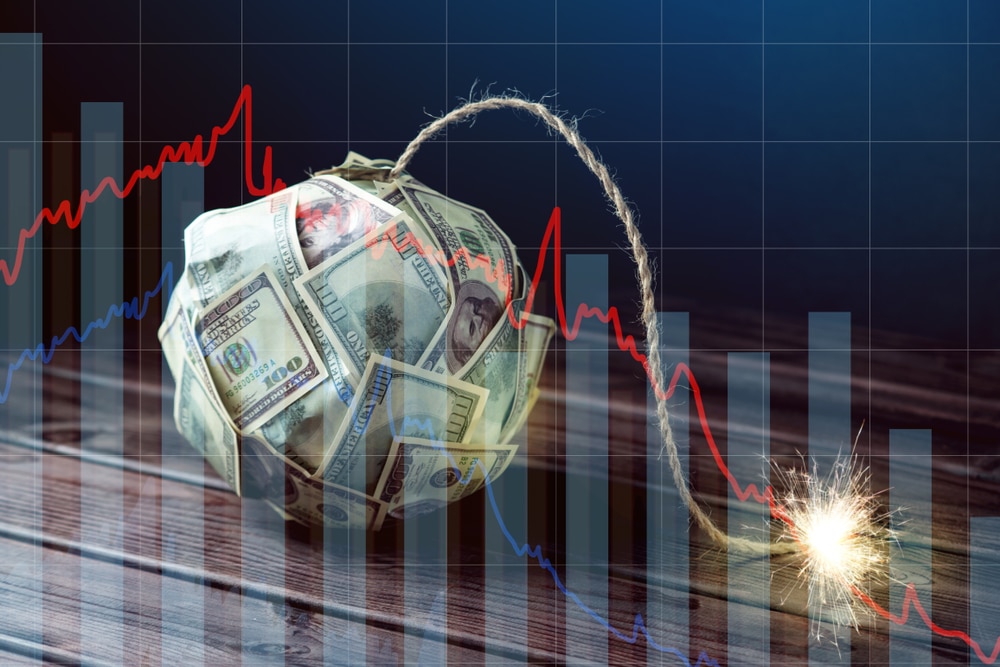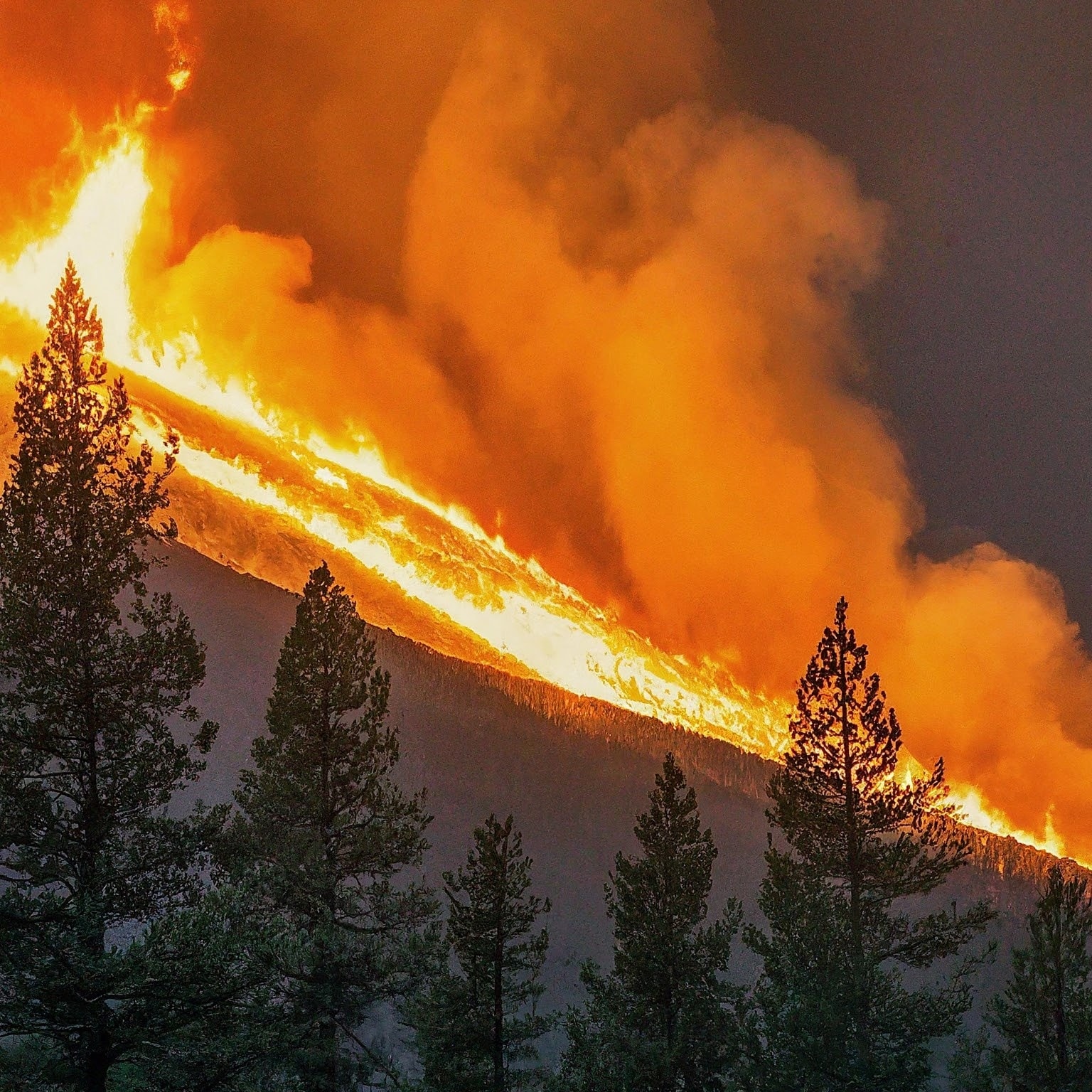(OPINION) Some of the world’s top economic officials for the Group of 7 nations just pressured Treasury Secretary Janet L. Yellen with the question of what is going to happen with America’s debt ceiling.
According to the Washington Post, All of Yellen’s counterparts were aware of the potential global ramifications if the United States were to default on its debt — so aware, in fact, that many asked her privately for updates on the status of negotiations between the White House and House Republicans, according to one person familiar with the matter, who spoke on the condition of anonymity to reflect private conversations.
Yellen told U.S. allies that she agreed that a default would be devastating and that resolving the debt ceiling was a top priority for the administration, the person said.
Talks over the debt ceiling also forced President Biden to cut short his own foreign trip, scrapping planned visits to Australia and Papua New Guinea after the G-7 summit so he can return to Washington on Sunday.
But well before that, the fight over the borrowing cap was alarming U.S. allies. Around the world, experts are watching in disbelief as the U.S. flirts with its first default, fearful of the potential international economic ramifications — and astonished by the global superpower’s brush with self-sabotage.
Experts are already warning that if this isn’t resolved that the stock market will crash, the economy will immediately plunge into a recession, and tens of millions of Americans will not get their Social Security payments. Treasury Secretary Janet Yellen says that a U.S. debt default would begin somewhere around June 1st.
The following description of what could be ahead comes from the Washington Post… Federal workers furloughed. Social Security checks for seniors on hold. Soaring mortgage rates. A global financial system sent reeling.
Leaders from Congress and the White House are trying to forge an agreement to lift the federal debt ceiling, with only a few weeks before the Treasury Department may no longer be able to avert an unprecedented U.S. default. If they fail, and the government can’t meet its payment obligations, economists and financial experts predict chaos. The report went on to give a grim report stating that there are 7 major things to watch for if a U.S. debt default actually happens…
-Stocks crash
-A sudden recession
-Federal workers in limbo
-Social Security and Medicare miss payments
-U.S. borrowing costs soar
-Economic problems spread worldwide
-The dollar drops, along with U.S. prestige
The severity of the crisis will depend upon the duration of the default. If the federal government can’t meet its obligations for a few days, it won’t be a very big deal. But if there is no deal for several months, things could get really crazy. In fact, the White House is projecting that stock prices could fall by 45 percent….
According to a report from Michael Snyder, The economy is already starting to come apart at the seams all around us, and the “experts” at the Federal Reserve openly acknowledge that they are making things even worse by hiking interest rates.
Pretty much everyone agrees that rougher times are ahead of us, and “a probability model from the New York Federal Reserve” is now projecting that there is a 68.2 percent chance that there will be a recession within the next 12 months…
The odds that the United States will fall into a recession at some point over the next 12 months have risen to a 40-year high, according to a probability model from the New York Federal Reserve.
The probability that the country will enter a recession within the next year has risen to 68.2 percent, according to the New York Fed, which is the highest level since 1982. The Fed’s recession risk indicator is now greater than it was in November 2007, not long before the subprime crisis, when it stood at 40 percent.
Earlier this year, CNN warned that we are in the midst of “the worst food crisis in modern history”, and so we really need this to be an extremely successful year for our farmers. Unfortunately, that just isn’t happening in much of the country. In fact, one wheat farmer in Oklahoma says that his farm is experiencing “the most severe drought I’ve ever seen”….
Along with this report, farmers who planted the fields are literally witnessing their crops die off and blow away. “We had less than half of a crop last year, and we’re probably going to have half of that this year. It’s terrible,” said 75-year-old Burlington farmer Keith Kisling. “We’re in the most severe drought I’ve ever seen.”
Another Oklahoma farmer, 23-year-old Jacob Webster, is actually comparing current conditions to the Dust Bowl of the 1930s… Jacob Webster, a 23-year-old farmer near Deer Creek in Grant County, spent a recent Sunday evening surveying his wheat fields in north-central Oklahoma. His leather cowboy boots were taller than much of the wheat, some of which is yellowing. He’s never seen a worse crop, he said.
What’s alarming about this statement is the fact that the Dust Bowl was a major environmental disaster that occurred during the Great Depression in the United States producing a period of severe dust storms and drought that affected the Great Plains region, primarily in the 1930s. The combination of poor land management practices, prolonged drought, and high winds caused massive soil erosion, resulting in vast dust storms that swept across the region.
This event had devastating effects on agriculture and the livelihoods of farmers and rural communities. The topsoil, essential for farming, was eroded and blown away, leaving the land barren and unproductive. Crops failed, livestock suffered, and many farmers were forced to abandon their farms and migrate to other regions in search of work and better living conditions.
The Dust Bowl worsened the economic hardships already faced during the Great Depression. The agricultural crisis caused by the Dust Bowl, combined with the stock market crash of 1929 and subsequent economic downturn, created widespread poverty and unemployment across the country.
Is this yet, another warning to America that time is running out and the great empire that once demonstrated strength and power is near her end? Could we experience another “Great Depression” along with disasters we’ve experienced in the past? We better hope the politicians in Washington are able to once again put a quick band-aid on this hemorrhaging wound of the economy because the lifeline of America is looking bleak.

















